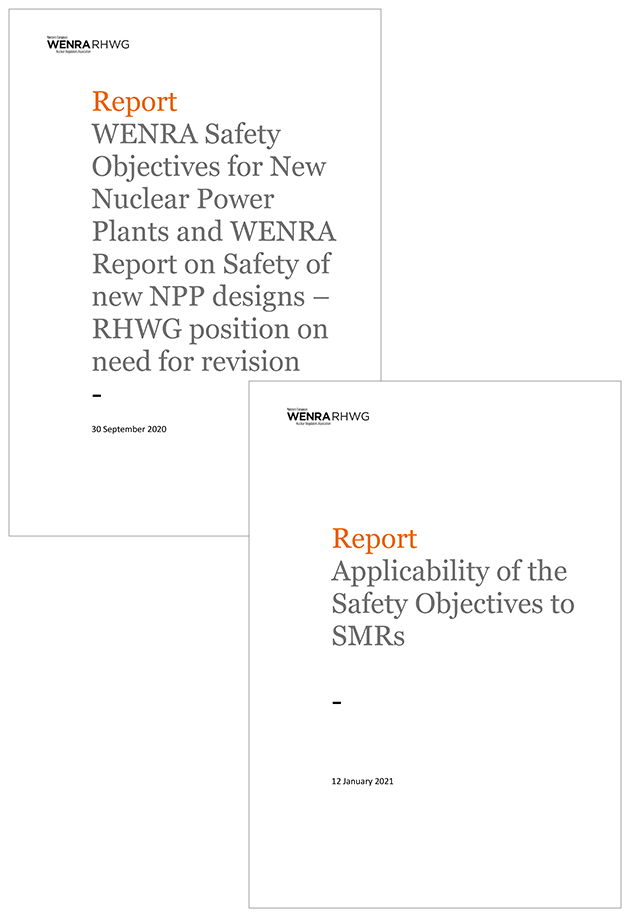
In 2010, WENRA issued safety objectives for new nuclear power plants (NPPs). These objectives were developed on the basis of a systematic review of the Fundamental Safety Principles (SF1 document issued in 2006 by the IAEA) and formulated in a qualitative rather than quantitative manner.
WENRA stated that these safety objectives should be used as a reference for identifying reasonably practicable safety improvements for existing plants during periodic safety reviews. These safety objectives were the basis for drafting the Article 8a of the Directive 2014/87/EURATOM of 8 July 2014 amending the Directive 2009/71/Euratom establishing a Community framework for the nuclear safety of nuclear installations, concerning the nuclear safety objective for nuclear installations.
10 years after their publication, the WENRA’s Reactor Harmonization Working Group (RHWG) has performed a review1 to check whether the safety objectives for new NPPs needed to be updated considering advances in scientific knowledge and technology.
On this basis, WENRA considers that the safety objectives issued in 2010 still reflect the current state of the art in nuclear safety and, as a consequence, no change or update of these safety objectives is necessary.
WENRA Safety Objectives for new NPPs should, in principle, be applicable to all types of reactors. However, considering the growing interest in Small Modular Reactors (SMRs), WENRA asked the RHWG to specifically confirm their applicability to SMRs. The review2 performed by the RHWG shows that even though there is a wide variety of SMR designs currently under development, the safety objectives issued by WENRA in 2010 can also be used for SMRs.
WENRA considers these objectives to be the minimum requirement for SMRs. Higher safety requirements should be expected, particularly when considering the potential for such modern technologies to provide significant improvements in safety performance.